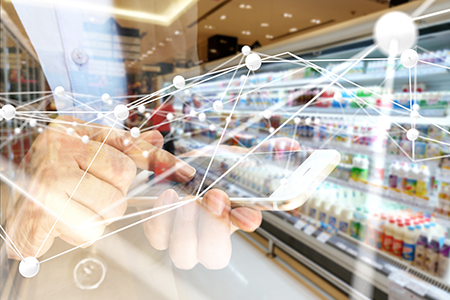How to Optimize Your Invoice-to-Pay Process
As you know, an invoice is a document sent from a supplier to a buyer as part of the transaction process when a purchase of goods or services has been made. The buyer receives an invoice, typically upon receipt of purchase, in which the terms for payment have been established. Payment requirements vary, but the full amount is typically due within 30 to 90 days.
From the buyer perspective, the invoice-to-pay (I2P) process accounts for everything that happens from the time the invoice is received to the time it is paid, all of which takes place during the allotted time period as indicated by the payment terms. From the supplier perspective, this is known as the invoice-to-cash (I2C) or order-to-cash process. Meaning, everything that happens from the time the invoice is sent up to the moment the payment is received. For now, we’re going to focus on the I2P process from the buyer position.
Receiving the Invoice
Invoices can be delivered in many different ways: through mail, email, fax, a supplier portal, EDI, and so on. When an invoice is sent through mail, fax, or email, it must be received, reviewed, and entered into the buyer’s ERP system. Because all of these steps are executed manually, these traditional methods make the invoice-to-pay (I2P) process incredibly time consuming and also create room for error.
A seemingly more efficient solution, and one that many mid-sized and large businesses have put into place, is optical character recognition (OCR) and/or robotic process automation (RPA). These technologies provide companies with a short-term solution for increasing business efficiency and optimizing the invoice-to-pay or invoice-to-cash process. Both OCR and RPA work together to eliminate redundant tasks (like manually entering the invoice into an ERP system).
Temporary Solutions
OCR and RPA solutions are only viable in the short term, if at all. OCR techniques are unreliable and require intensive, ongoing maintenance to train the technology on how to process the information it is being fed. In the case of invoices, this most often involves training the solution to read and process a scanned or emailed version of a PDF. RPA often complements OCR technology to take things one step further. For example, in the case of a supplier who has to log into dozens of portals to send their invoices (the portal fatigued), RPA can learn from human actions and mimic them by logging into the various portals automatically, filling in the information, and sending the invoice.
In both cases mentioned above, 100% accuracy can never be guaranteed. OCR and RPA provide a surface-level fix for a deeper-rooted problem—getting rid of paper and truly optimizing process efficiency from the source (AKA, the original document). This can only be done when there’s no more scanning, no more emailing, no more logging into dozens of portals.
A Long-Term Solution
A true fix for optimizing the I2P process requires a digitalization solution that replaces all outdated, inefficient, and insecure (email) processes with a digitally native equivalent (e.g., our FLOW platform). This must begin with the optimization of invoice receipt—if this step in the I2P process isn’t a well-oiled machine, it’s not realistic to expect that any progress can be made on the payments side. Invoice automation is the only long-term solution for 100% supply chain digitalization.
With a digitalization solution like FLOW, invoice receipt can be fully automated without the need for manual intervention. Plus, errors are drastically reduced. Once this is in place, it makes sense to evaluate complementary automation solutions that enable automated invoice processing to optimize the entire invoice-to-pay process. But until then, it’s important to not get distracted by “quick wins” and temporary solutions, and to stay focused on the future.




